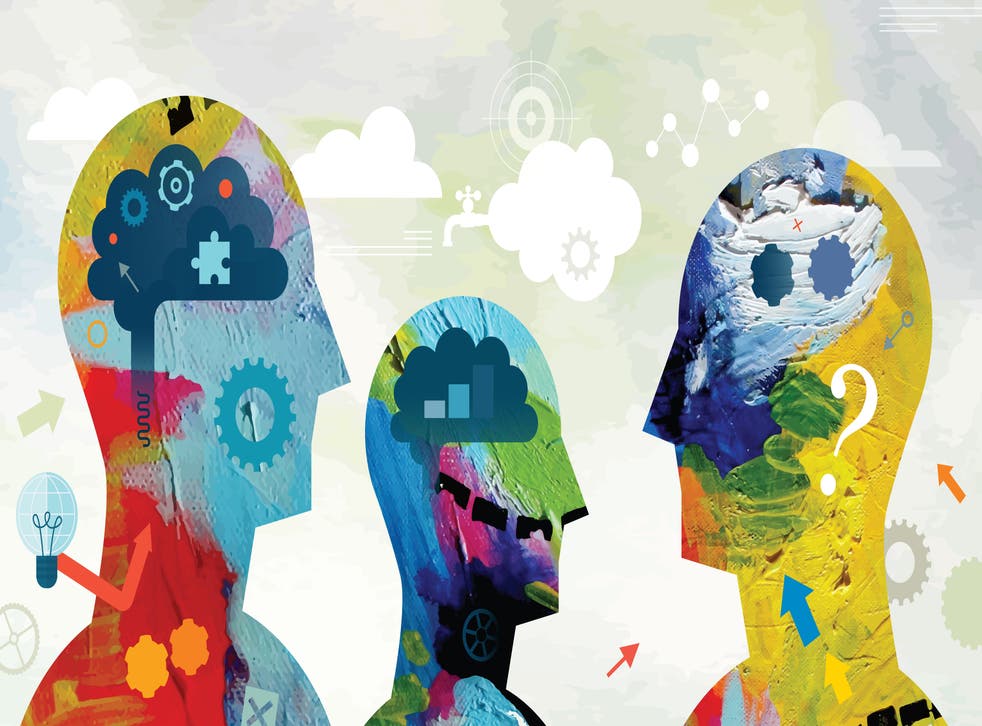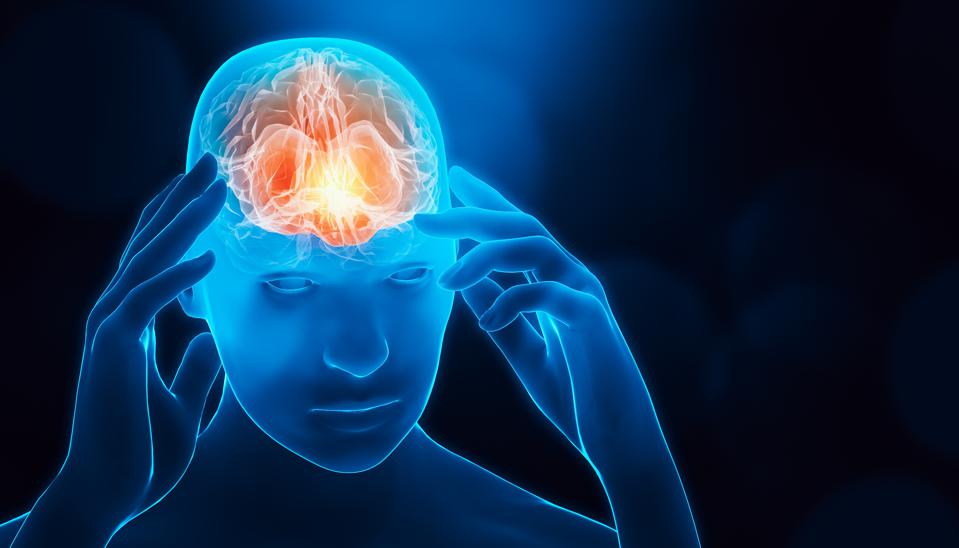Neuroscientists are discovering more and more how the human brain works, even as they understand less and less the Mind in meditation.
For example, “aphantasia” refers to an apparently inherited neurological condition in which the person so afflicted, or blest, has no ‘mind’s eye.’ In other words, their brains appear to not create and traffic in images.
Having an image of a person or thing is the meaning of seeing “through a glass darkly.” So how does this condition relate to the greatest capacity of the human brain: experiencing the numinous?

A clue may be found in the finding that “people with aphantasia can have the same feelings from their experiences, but they don’t amplify them later through mental imagery.”
That sharply contrasts with what happens during mystical experiencing. A complete, temporary cessation of memory, words and images occurs when sufficient unwilled and undirected attention gathers in the brain. This state of stillness of thought in all its functions allows the brain to be imbued with direct perception of the wholeness and holiness of the earth and the cosmos.
At this point we need to understand what science can and cannot do. Neuroscientists maintain that the scientific study of the human brain can encompass and explain mystical experiencing, because they believe the meditative state arises solely between skull bones.
The premise is false on the face of it. The scientist studying any phenomenon is inherently and necessarily separate from the phenomenon s/he studies. That defines the inherent limits of science, and of knowledge itself.
It’s also arrogant for scientists to assert, explicitly or implicitly, that their observations, machines and theories encompass and supersede actually experiencing a meditative state.
What if a scientist who studies meditation through brain scans also actually brings about meditative states within him or herself?
There is no insurmountable barrier to being both an adept meditator and an expert scientist. However such a person would understand, firsthand, that science and knowledge must take a backseat to the actual experiencing of the wholeness and holiness of nature and the cosmos.
Regarding the question of aphantasia, the strange thing is that even for someone with a tendency toward strong mental imagery such as myself (called ‘hyperphantasia’), there is no urge or desire to “amplify [mystical experiences] later through mental imagery.”
Why? Because “brain scans looking for circuitry that give rise to aphantasia and hyperphantasia suggest that mental imagery emerges from a network of brain regions that talk to each other.” Whereas the meditative state arising from the complete stillness of thought neither records mystical experiences in any detail, nor gives rise to the desire to “amplify them later through mental imagery.”
In short, there’s no crosstalk between different regions of the brain when it is attentively, silently and holistically aware of the movement of thought in the mirror of nature.
Experiencing the sacredness that imbues life and permeates the cosmos depends on complete stillness of thought.
Therefore to the extent scientists put science and knowledge before stillness and mystical experiencing, they contribute to the fragmentation of humanity and the earth.
Martin LeFevre
Link: “Many people have a vivid ‘mind’s eye,’ while others have none at all”:
lefevremartin at gmail.com

